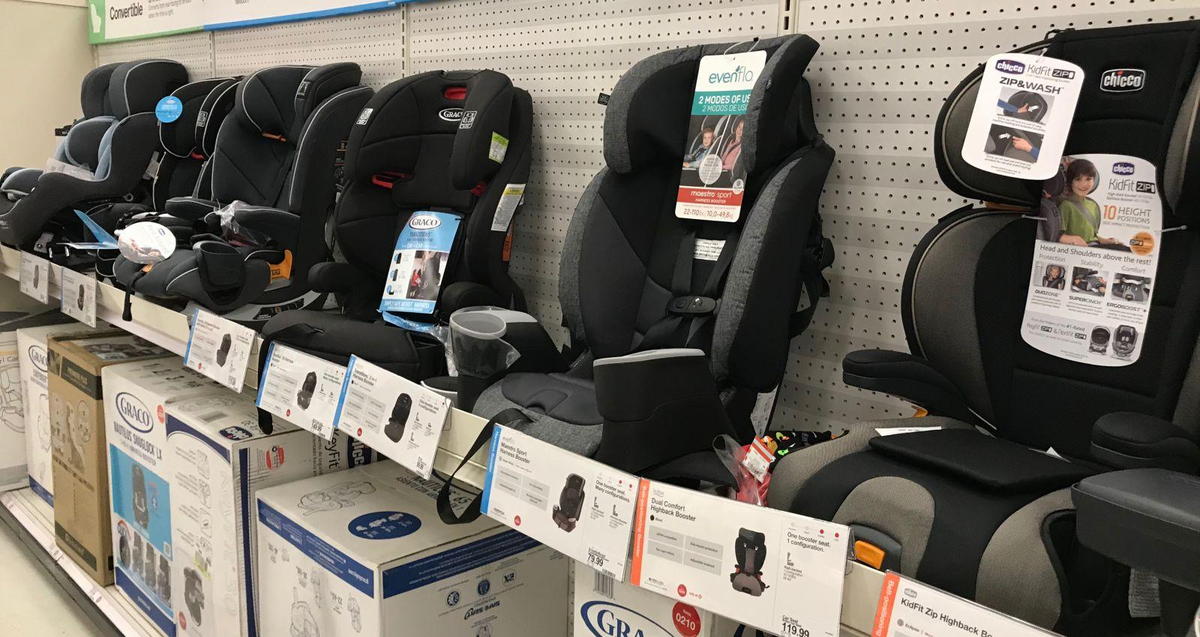
Are There Any New Updates That I Should be Aware of?
The AAP is now recommending that children remain in a rear-facing car safety seat as long as possible, until they reach the highest weight or height allowed by their seat. Previously, the AAP guideline was for children to remain rear-facing until age 2.
How Do I Know my Child’s Car Seat’s Weight and Height Limits?
Check the instruction manual and the labels on a car safety seat to find the manufacturer’s weight and heights limits.
Why is it Important to Keep my Child Rear-Facing?
When children are rear-facing, the head, neck, and spine are all supported by the hard shell of the car safety seat, allowing the car seat to absorb most of the crash forces and protecting the most vulnerable parts of their body. When toddlers are forward-facing, their body is held back by the straps but their heads—which are disproportionately large and heavy—are thrown forward, which can result in spine and head injuries.
Remind Me, What are the Different Types of Rear-Facing Car Seats?
Infant Car Seat (Rear-Facing Only)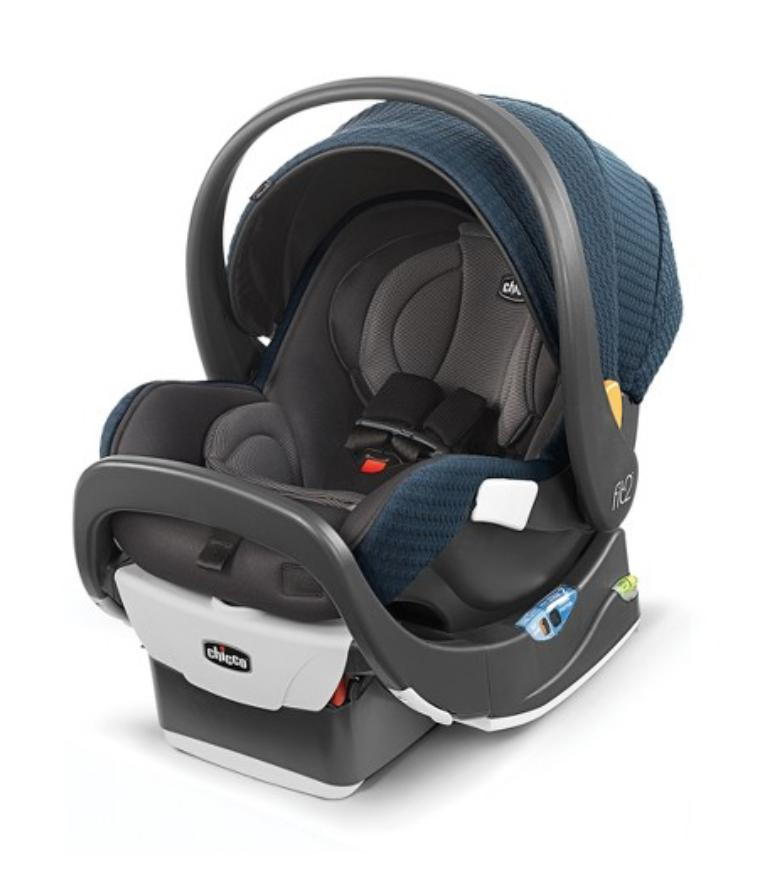
- Designed for newborns and small babies, the infant-only car seat is a small, portable seat that can only be used rear-facing. Babies usually outgrow their infant car seats by eight or nine months. When that happens, parents should purchase a convertible or all-in-one car seat and use it rear-facing
Convertible Seat
- As a child grows, this seat can change from a rear-facing seat to a forward-facing seat with a harness and tether. Because it can be used with children of various sizes, it allows for children to stay in the rear-facing position longer
All-In-One
- This seat can change from a rear-facing seat to a forward-facing seat (with a harness and tether) and to a booster seat as a child grows. Because it can be used with children of various sizes, it allows for children to stay in the rear-facing position longer
But What if my Toddler’s Feet Touch the Back of the Vehicle Seat?
Children can bend their legs easily and will be comfortable in a rear-facing seat. Injuries to the legs are very rare for children facing the rear.
What are Other AAP Recommendations for Car Safety?
Once facing forward, children should use a forward-facing car seat with a harness for as long as possible, until children reach the height and weight limits for their seats. Many seats can accommodate children up to 65 pounds or more.
Different Types of Forward-Facing Car Safety Seats:
Convertible Seat
- As a child grows, this seat can change from a rear-facing seat to a forward-facing seat with a harness and tether
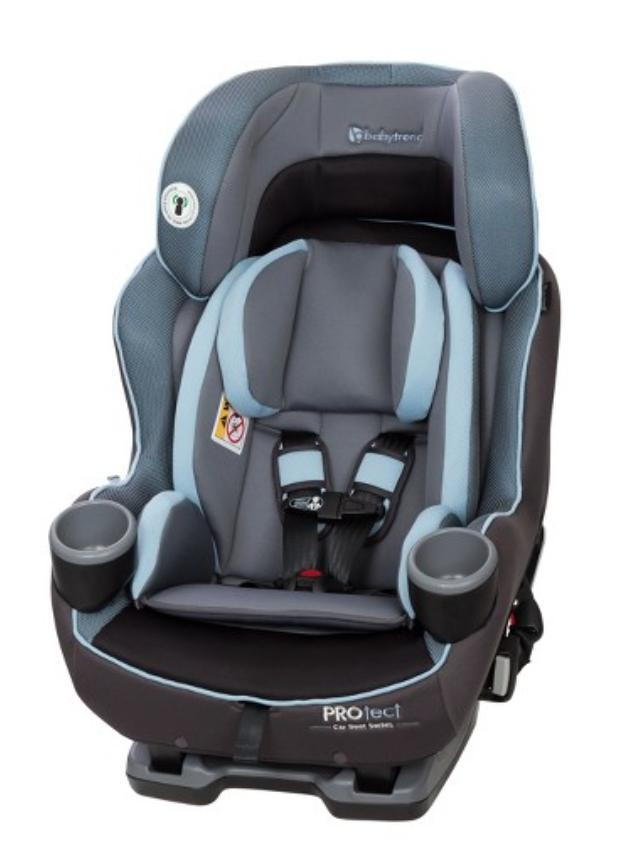 Combination Seat
Combination Seat
- As a child grows, this seat transitions from a forward-facing seat with a harness and tether into a booster
All-In-One
- This seat can change from a rear-facing seat to a forward facing seat (with a harness and tether) and to a booster seat as a child grown
- When a child exceeds these limits, a belt-positioning booster seat should be used until the vehicle’s lap and shoulder seat belt fits properly. This is often when they reach 4 feet 9 inches (57 inches) in height and children are 8-12 years of age. Did you know that most children will not fit i a seat belt alone until 10-11 years of age?
Different Types of Booster Seats:
Booster Seat with High Back
- This type of booster seat is designed to boost the child’s height so the seat belt fits properly. It also provides nec
- k and head support and is ideal for ehicles that don’t have head rests or high seat backs
Backless Booster Seat
- Designed to boost the child’s height so the seat belt fits properly. It does not provide head and neck support. It is ideal for vehicles that have head rests
Combination Seat
- As a child grows, this seat transitions from a forward-facing seat with a harness into a booster seat
All-In-One
- This seat can change from a rear-facing seat to a forward-facing seat
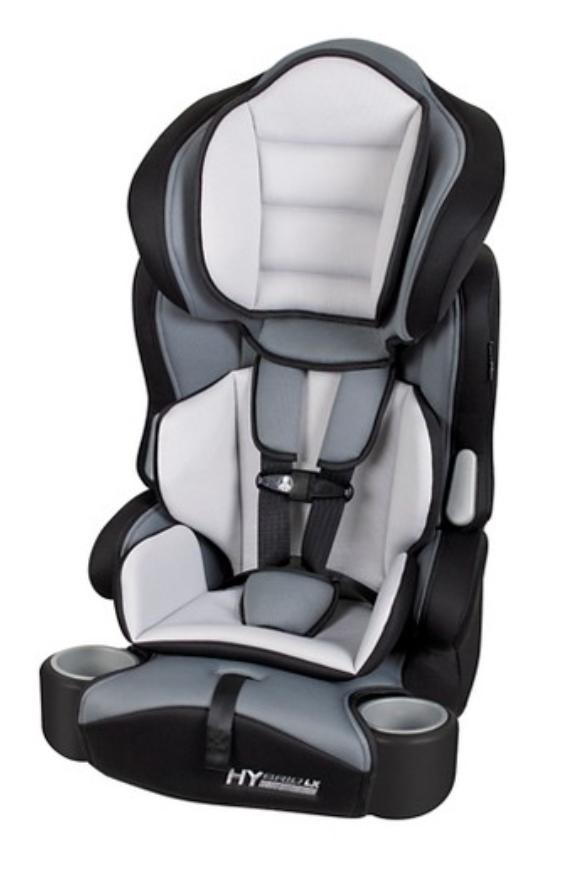 (with a harness and tether) and to a booster seat as a child grows
(with a harness and tether) and to a booster seat as a child grows
What is the Difference Between High-Back and Backless Boosters?
Both types of boosters are designed to raise your child so seat belts fit properly, and both will reduce your child's risk of injury in a crash. High-back boosters should be used in vehicles without head rests or with low seat backs. Many seats that look like high-back boosters are actually combination seats. They come with harnesses that can be used for smaller children and, later, removed for older children. Backless boosters are usually less expensive and are easier to move from one vehicle to another. Backless boosters can be used safely in vehicles with head rests and high seat backs.
- Once old enough and large enough to use the vehicle seat belt alone, children should always use lap and shoulder seat belts for optimal protection.
But How do I Know When an Adult Seat Belt Fits my Child Correctly?
When an adult seat belt fits your child properly:
- The shoulder belt lies across the middle of the chest and shoulder, not the neck or throat
- The lap belt is low and snug across the upper thighs, not the belly
- Your child is tall enough to sit against the vehicle seat back with her knees bent over the edge of the seat without slouching and can comfortably stay in this position throughout the trip
**All children younger than 13 years should be restrained in the rear seats of vehicles for optimal protection.
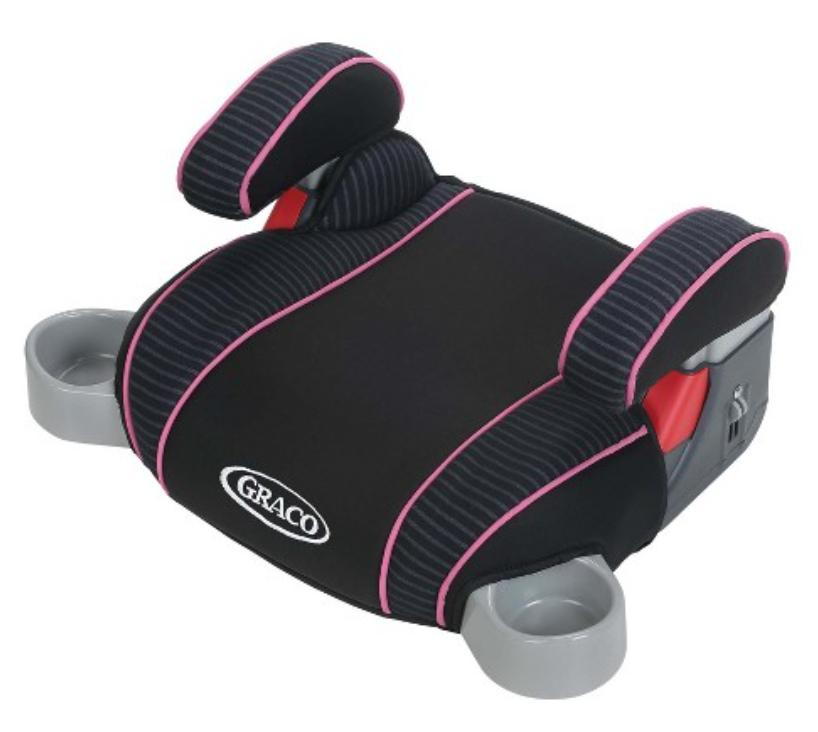
Commonly Asked Questions
What do I do if my baby slouches down or to the side in the car seat?
- Blanket rolls may be placed on both sides of your infant. A small diaper or blanket may be placed between the crotch strap and your infant too. Do not place padding under or behind your infant or use any sort of car seat inserts unless it came with the seat or was made by the manufacturer of the seat
Why should I dress my baby in thinner layers of clothing before strapping him or her into a car seat?
- Bulky clothing, including winter coats and snowsuits, can compress in a crash and leave the straps too loose to restrain your child, leading to increased risk of injury. Ideally, dress your baby in thinner layers and tuck a coat or blanket around your baby over the buckled harness straps if needed.
Do preemies need a special car seat?
- A car seat should be approved for a baby’s weight. Very small babies who can sit safely in a semi-reclined position usually fit better in rear-facing-only seats. Premature infants should be tested while in the hospital to make sure they can sit safely in a semi-reclined position. Babies who need to lie flat during travel should ride in a car bed that meets Federal Motor Vehicle Safety Standard 213. They should be tested while in the hospital to make sure they can lie safely in the car bed.
Should my child ride in a car seat on the airplane?
- The FAA and the AAP recommend that children less than 40 pounds be securely fastened in certified child restrains when flying. This will help keep them safe during takeoff and landing or in case of turbulence. Most rear-facing, convertible, and forward-facing seats can be used on airplanes, but booster seats and travel vests cannot.
- Look for a label on the car seat that says, “This restraint is certified for use in motor vehicles and aircraft.” You can also consider using a restraint made only for use on airplanes and approved by the FAA. Larger children may use the airplane seat belt or continue to use their car seat on the airplane as long as it is labeled for use on aircraft and the child has not exceeded the seat’s weight or height limit. Remember that your child will need an appropriate car seat to use at your destination.
What if my car has only lap belts in the back seat?
- Lap belts work fine with rear-facing–only, convertible, and forward-facing seats but can never be used with a booster seat. If your car has only lap belts, use a forward-facing seat that has a harness and higher weight limits.
You could also:
- Check to see if shoulder belts can be installed in your vehicle.
- Use a travel vest (some can be used with lap belts).
- Consider buying another car with lap and shoulder belts in the back seat.
I've seen products that say they can help make the seat belt fit better. Should we get one of these?
- No, these products should not be used. They may actually interfere with proper seat belt fit by causing the lap belt to ride too high on the stomach or making the shoulder belt too loose. They can even damage the seat belt. This rule applies to car seats too; do not use extra products unless they came with the seat or are specifically approved by the seat manufacturer. These products are not covered by any federal safety standards, and the AAP does not recommend they be used. As long as children are riding in the correct restraint for their size, they should not need to use additional devices.
Remember to Never Use a Car Seat That:
Is too old. Look on the label for the date it was made. Check with the manufacturer to find out how long it recommends using the seat.
Has any visible cracks on it.
Does not have a label with the date of manufacture and model number. Without these, you cannot check to see if the seat has been recalled.
Does not come with instructions. You need them to know how to use the seat.
Is missing parts. Used car seats often come without important parts. Check with the manufacturer to make sure you can get the right parts.
Was recalled. You can find out by calling the manufacturer or contacting the National Highway Traffic Safety Administration (NHTSA) Vehicle Safety Hotline at 888/327-4236. You can also visit the NHTSA website.
Do not use seats that have been in a moderate or severe crash. Seats that were in a minor crash may still be safe to use, but some car seat manufacturers recommend replacing the seat after any crash, even a minor one. The NHTSA considers a crash minor if all the following situations are true:
- The vehicle could be driven away from the crash.
- The vehicle door closest to the car seat was not damaged.
- No one in the vehicle was injured.
- The air bags did not go off.
- You can't see any damage to the car seat.
If you are unsure, call the manufacturer of the seat.
What are some parent resources?
- SeatCheck (or call 866-SEATCHECK [866-732-8243])
- National Child Passenger Safety Certified Technicians (or call 877-366-8154) This site also includes a list of CPSTs fluent in Spanish and other languages or with extra training in transportation of children with special needs
- NHTSA Parents Central http://www.safercar.gov/parents/index.htm

